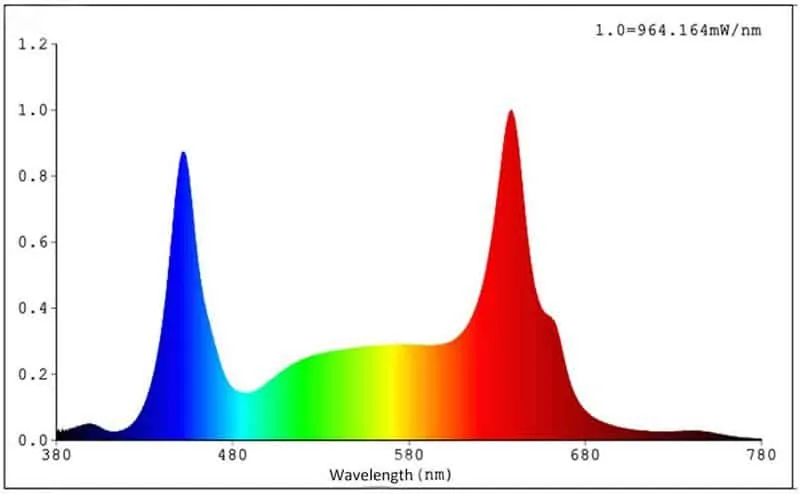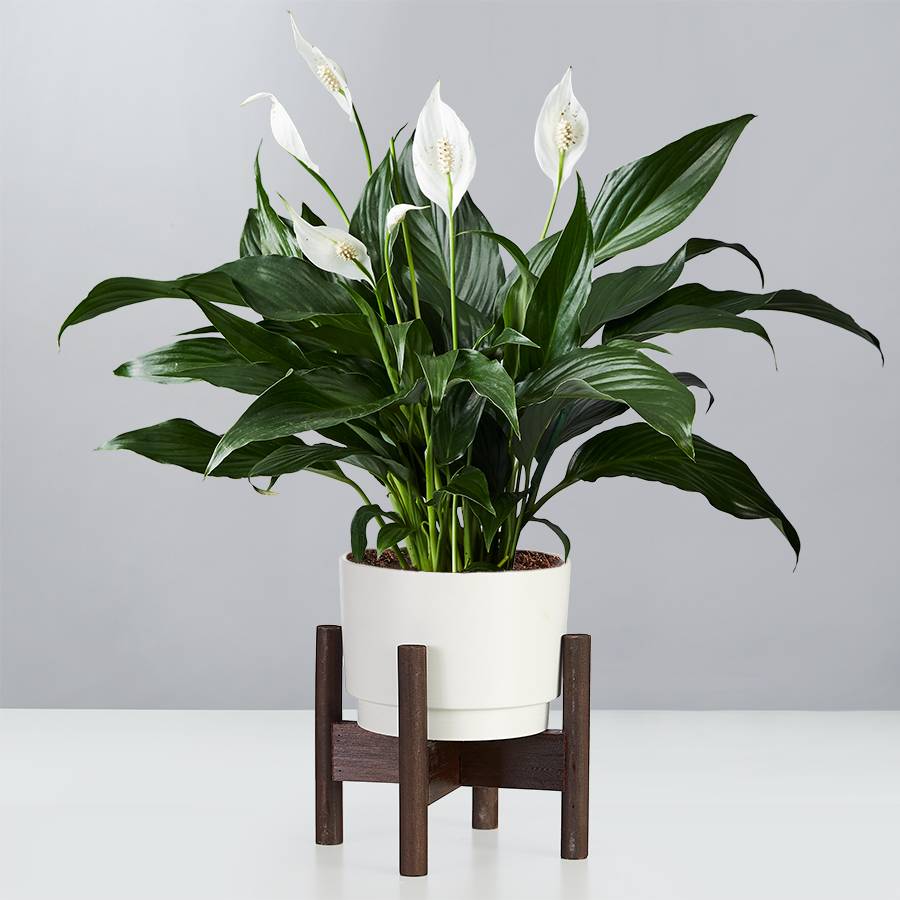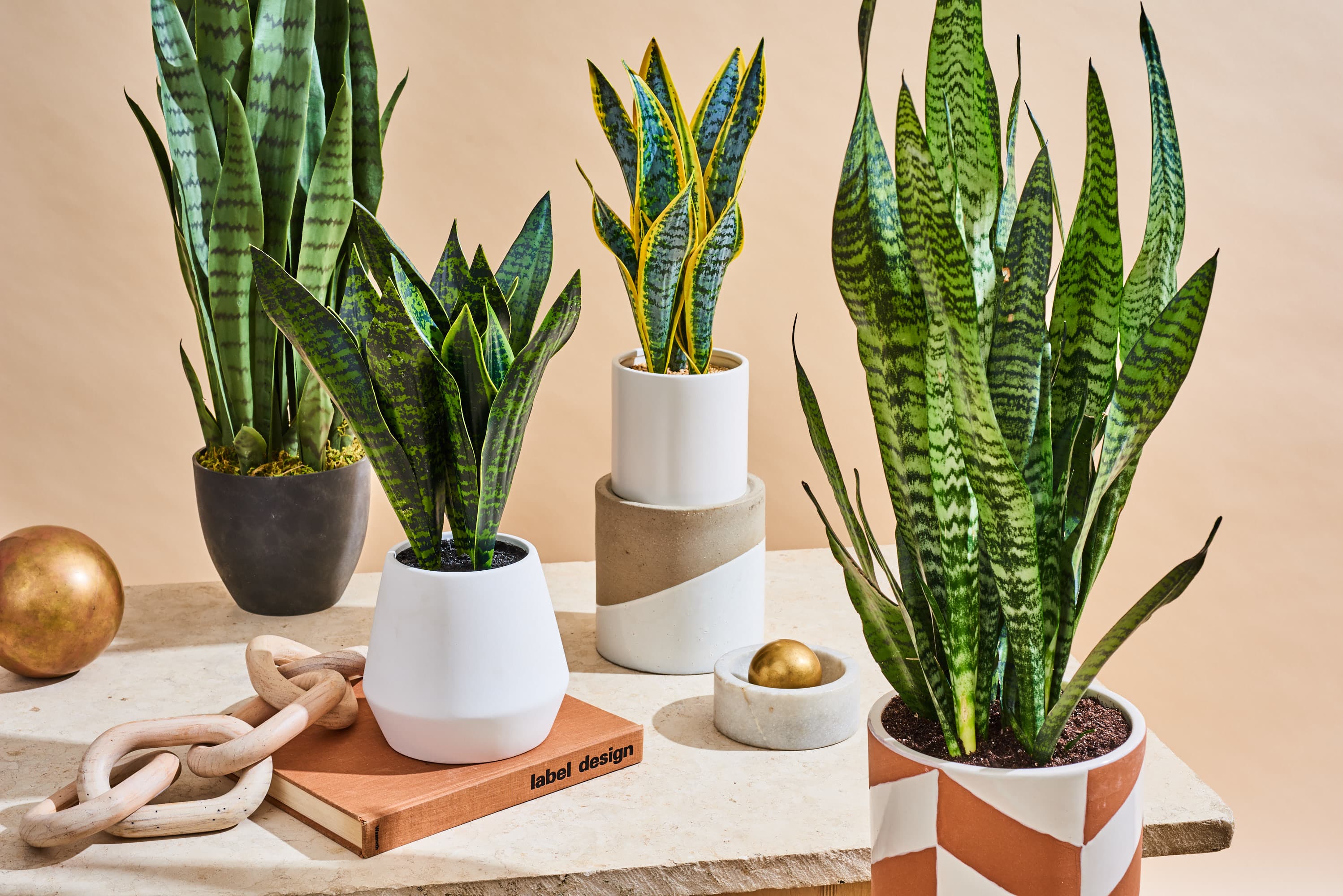Welcome back to The Indoor Garden Guide. The last post discussed low light plants which could be grown in darker rooms or those without windows. The low light plants I talked about can certainly make excellent houseplants, but sometimes you just want to grow something a little different. Unfortunately, most of us don’t have the natural light required to grow some things like cactus. Not to worry though, if your heart is set on a certain plant with higher light needs, or you’re just looking to improve you plants growth rates, there is an easy way to do it. That’s right, today we’re talking about grow lights.
I think grow lights get a bad rap from people associating the term with giant marijuana grow operations. Luckily for you, if you just want a couple houseplants, there is no need to make your basement look like this:

There are a couple types of grow lights available to home growers, including florescent bulbs and high pressure solidum halide bulbs, but right now the best choice for anyone growing at home is an LED grow light.
LED grow lights are optimal for hobbyists and home gardeners because they’re cheap, lightweight, and far more energy efficient than the other options. They also don’t get nearly as hot so you don’t need to figure out additional ventilation or worry about burning your plants.
LED Lights
There are two main types of LED grow lights available: Red/Blue (sometimes called “blurple” because of their purplish appearance) and the white/full spectrum lights.

The reason for the purple coloration is that plants mainly absorb light for photosynthesis in two different wavelengths which appear as the red and blue colors of visible light, while they absorb very little green light.

The peaks of red and blue are showing how those wavelengths are absorbed by the chlorophyll for photosynthesis, while the green wavelength is not absorbed as much. This results in the green light reflecting off the leaf, making plants appear green to us. The reason for the purple grow lights therefore, is that they are only supplying the red and blue wavelengths of light, which are the main wavelengths used for photosynthesis. The full spectrum “white” lights also emit these wavelengths, but they are mixed in with other colors, which makes the lights slightly less energy efficient. However, LEDs in general are so efficient that for a hobbyist having just a couple lights, the efficiency gains from having the purple lights are minimal.
Because of this, I would actually recommend the “white” colored lights, because they make your plants much better to look at and don’t wash out the color like the purple lights do. After all, if you’re growing a plant for its ornamental value, doesn’t it make sense to want to see it well? That being said, if you want the purple lights or the color makes no difference to you, there’s also nothing wrong with using them.
Where to get grow lights?
There are a lot of places you can buy grow lights, from specialty hydroponics stores and greenhouse suppliers, to random listings on Amazon. Many people will say that the lights on Amazon are generally lower quality compared to the professional lights, which is a valid argument. However, as long as you’re getting a “decent” light, you don’t need a professional quality one to just grow a couple succulents.
What is a “good” grow light?
I haven’t personally tried too many different types of grow lights, so I can’t provide a comprehensive review on this aspect, but I can tell you a couple things to look for.
-
-
-
- Wattage: Look for an LED light of at least 20W for a smaller/medium sized light, and more for a larger one.
- Beware of the “100W equivalent” marketing gimmick where they tell you how much power the light would use if it weren’t LED, you want to find out what the “true wattage” is.
- Look for decent reviews and a more name brand company.
- Amazon has a lot of crappy lights, most of them look similar to the good brands, but the seller description should give you a bit of a hint. If the name sounds legitimate (aka not from “SUNBLASTINGLIGHTS.COM” or similar) and the product gets decent reviews, then its worth looking into more
- Its also helpful to google the company name and see what comes up. Be wary of brand new sellers with barely any information online about them
- Amazon has a lot of crappy lights, most of them look similar to the good brands, but the seller description should give you a bit of a hint. If the name sounds legitimate (aka not from “SUNBLASTINGLIGHTS.COM” or similar) and the product gets decent reviews, then its worth looking into more
- Avoid these things (They usually suck):
 Image
Image
- Wattage: Look for an LED light of at least 20W for a smaller/medium sized light, and more for a larger one.
-
-
Where to put grow lights?
Because you’re not spending $100s or $1000s of dollars on grow lights, the light you end up with will likely not be strong enough to help the plant if they’re far away. Try to keep the lights within 12″ of the leaves when possible. Much farther away, and you’ll lose most of the benefits of having the grow lights in the first place.
That’s all I’ve got for you this week. Next post we’ll take a look at some sun loving plants that you might want to use those grow lights for (succulents and cacti)








